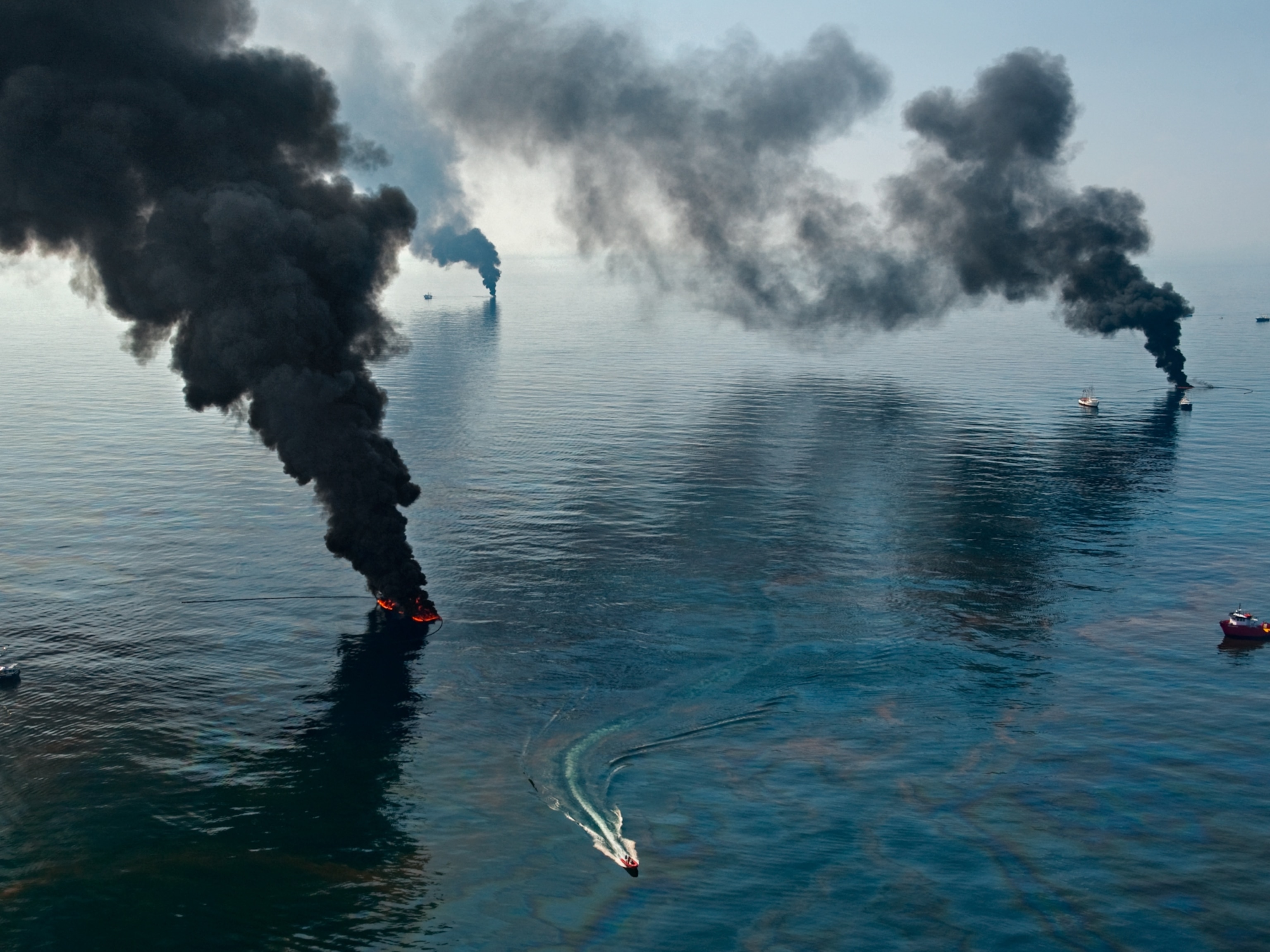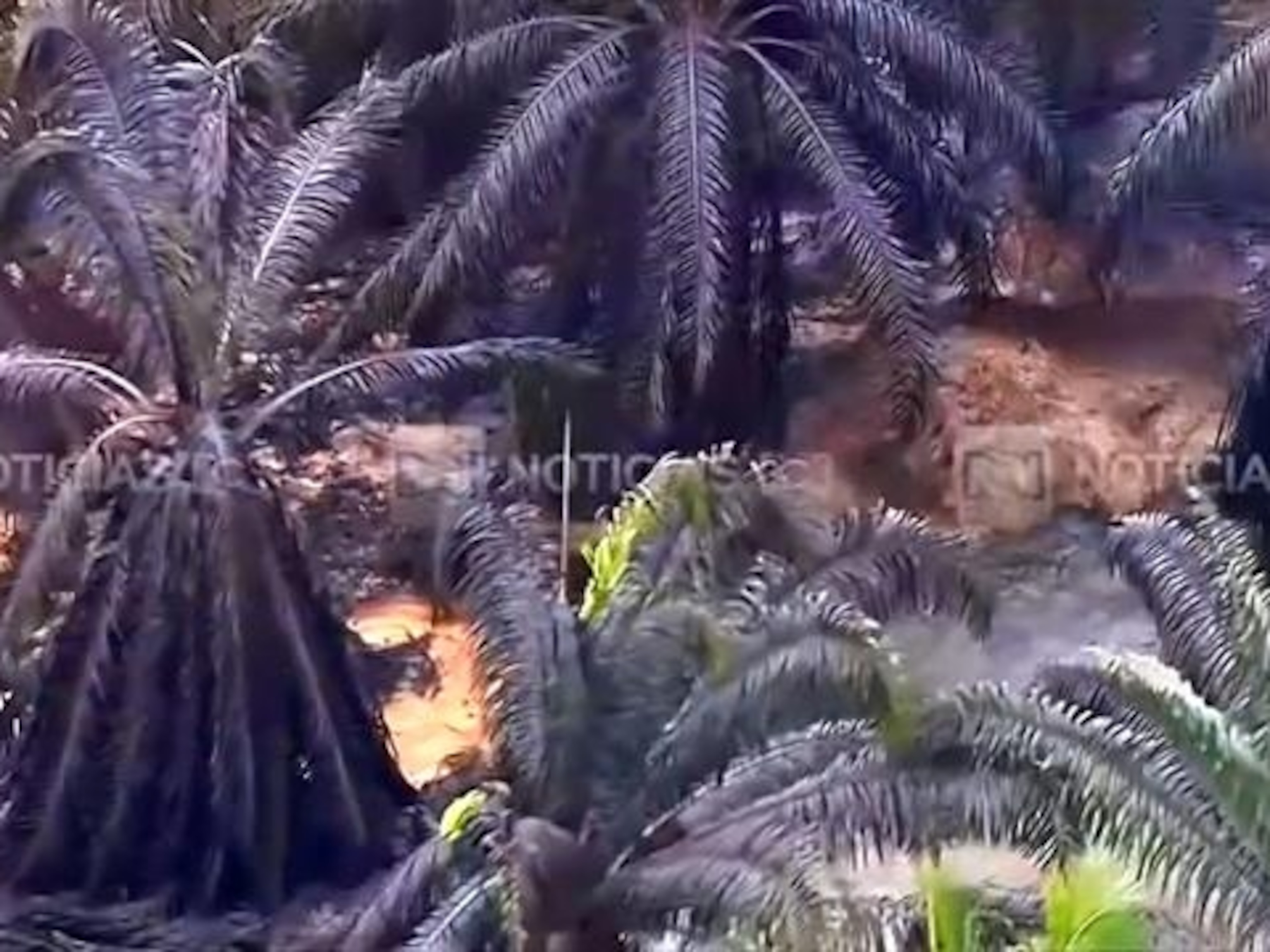
BP Oil Spill Trashed More Shoreline Than Scientists Thought
New evidence extends the size of the disaster that occurred six years ago this week.
The largest oil spill in U.S. history was even bigger than previously thought, at least in terms of the amount of coastline that was oiled, scientists report in a new study. The findings shed new light onto the BP Deepwater Horizon disaster in the Gulf of Mexico, which began six years ago Wednesday.
Scientists from the federal government's National Oceanic and Atmospheric Administration and several private research companies found oil along 1,313 miles (2,113 kilometers) out of 5,930 miles (9,545 kilometers) of surveyed shoreline after the spill, an increase of 19 percent from previously published estimates. That makes the disaster the largest marine oil spill in history by length of shoreline oiled, the team reported in the journal Marine Pollution Bulletin.
The spill released millions of barrels of oil into the Gulf over 87 days, from April 20 to July 15, 2010, in a dramatic event that shocked the world. Some of the oil was recovered, burned, or dispersed at sea, while some washed up on the shorelines of Louisiana, Alabama, Mississippi, Florida, and Texas.
To estimate the complete extent of the oil's reach, the scientists pored over all the available ground-based data on the area, including recent data from cleanup efforts. The team members hope their work will provide a more clear picture of the spill and help managers better predict and understand future accidents.
The scientists found the majority of the oiling in Louisiana, with significant oiling in Mississippi, Alabama, Florida, and, to a lesser extent, Texas.
The team also found that the oiled shoreline was roughly evenly split between beaches (46 percent) and coastal wetlands (52 percent), with the remaining 2 percent being all other shoreline types. Most of the wetlands were in Louisiana.
The behavior of that oil in the shoreline environment has been complex, the team adds. Some was removed or treated by cleanup crews, some degraded naturally, some soaked into the soil, and some remains at the surface. Additional oil was also deposited months after the initial spill, due to the drifting of currents.
Environmentalists have argued that all that oil has had a lasting impact on the Gulf, even as initial fears of mass die-offs didn't materialize.
"The impacts on dolphins, sea turtles, and many other species are still being felt today," Collin O’Mara, president and CEO of the National Wildlife Federation, says in a statement this week.
The National Wildlife Federation says more than three-quarters of pregnant bottlenose dolphins in the oiled areas failed to give birth to a viable calf in the years since the disaster. Between two and five trillion larval fish and 8.3 billion oysters are estimated to have been lost, resulting in a substantial impact to the region's fishery. Threatened gulf sturgeon and Bryde's whales are also thought to have been harmed.
About 30 percent of the oil thought to have been spilled is still unaccounted for, with the industry hotly debating the issue with conservationists. Some scientists think it must have sunk to the ocean bottom, where it may be harming communities there, but efforts to find it have proven elusive.
BP finalized a $20.8 billion settlement last October in response to the spill, representing the largest pollution penalty in U.S. history.



